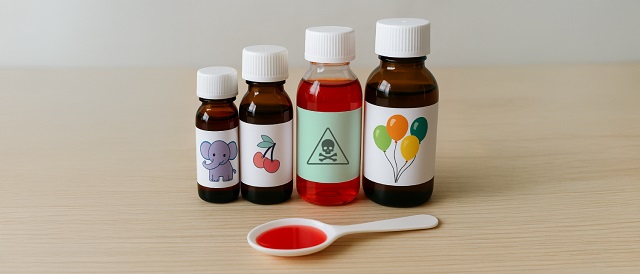
Kampala, Uganda | THE INDEPENDENT | The World Health Organization (WHO) and the United Nations Office on Drugs and Crime (UNODC) have jointly released a landmark report unveiling critical findings on the persistent and preventable threat of contaminated medicines which claimed the lives and compromised the health of countless patients, predominantly children, through the ingestion of medicines with dangerously high levels of toxic chemicals.
Over the past 90 years, at least 25 documented incidents of excipient contamination have resulted in more than 1300 deaths worldwide, many of them children. These incidents occur often due to systemic vulnerabilities in the global supply chain of pharmaceutical excipients, and they have disproportionately affected people in low- and middle-income countries (LMICs), where regulatory oversight and access to quality-assured medicines may be limited.
Titled ” Contaminated Medicines and Integrity of Pharmaceutical Excipients Supply Chain”, the report highlights a tragic and ongoing public health crisis: the contamination of medicines with industrial-grade toxic chemicals, notably diethylene glycol (DEG) and ethylene glycol (EG).
These substances are used as industrial solvents and antifreeze agents, but can cause severe health issues and be fatal if ingested, even in small amounts, especially for children. They are often illegally substituted for pharmaceutical-grade excipients such as propylene glycol, glycerin, and sorbitol—ingredients used in the formulation of medicines, including cough and paracetamol syrups.
Since October 2022, the WHO has issued 7 Medical Product Alerts concerning multiple batches of contaminated liquid oral medicines, many of which were marketed for paediatric use and exported widely to LMIC. WHO also issued 2 Alerts concerning falsified bulk chemicals masquerading as pharmaceutical quality excipients.
Following a particularly serious case in The Gambia, in which at least 66 children lost their lives, attention was once again focused on this issue. The case in The Gambia was quickly followed by similar incidents in Indonesia and Uzbekistan, with a further 268 reported deaths and two further WHO Medical Product Alerts.
Most of the recent cases involve inexpensive oral liquid medicines that can be bought without a prescription. In most cases, these medicines were marketed specifically for children and are registered medicines available in pharmacies, medicine stores or informal street markets.
Key findings
The report reveals how criminal networks exploit market volatility and regulatory gaps to introduce toxic substitutes into the supply chain. Key findings include the use of falsified labels and the substitution of toxic chemicals for legitimate excipients such as propylene glycol.
They also highlight marketing of falsified excipients via online platforms, including e-commerce and social media, which is worsened by the lack of regulatory oversight for manufacturers and distributors of high-risk excipients.
The report also notes deficiencies in post-market surveillance and enforcement mechanisms in both manufacturing and importing countries.
Now, as a call to action, the report calls for urgent global action to close regulatory gaps, strengthen oversight of excipient supply chains and protect all populations, especially the most vulnerable, such as children, from preventable and deadly poisoning.
The WHO notes in a statement that they have l long played a central and proactive role in preventing, detecting, and responding to substandard and falsified medical products. This report reinforces the critical importance of strong and effective medicines regulatory systems to ensure access to safe, effective and quality-assured products.
Complementing this public health perspective, UNODC highlights the criminal dimension of the issue, documenting how organised criminal groups falsify documentation, substitute industrial-grade chemicals and exploit digital platforms to illegally infiltrate the global pharmaceutical supply chain with toxic and unregulated substances. Its contribution underscores the importance of criminal justice responses in parallel to regulatory action.
The report underscores the need for Improved regulatory frameworks and enforcement mechanisms. In many cases, contaminated medicines are the result of intentional criminal conduct, and according to the writers of the report, addressing this threat requires coordinated efforts by all stakeholders, including law enforcement agencies, customs officials, prosecutors and anti-corruption bodies.
The report calls for greater cross-border cooperation, investigative capacity and the use of international legal instruments such as the United Nations Convention against Transnational Organised Crime (UNTOC).
WHO and UNODC urge Member States, national regulatory authorities, criminal justice actors, law enforcement agencies, pharmaceutical manufacturers and excipient distributors to take immediate decisive action to prevent further avoidable tragedies.
*****
URN
 The Independent Uganda: You get the Truth we Pay the Price
The Independent Uganda: You get the Truth we Pay the Price



